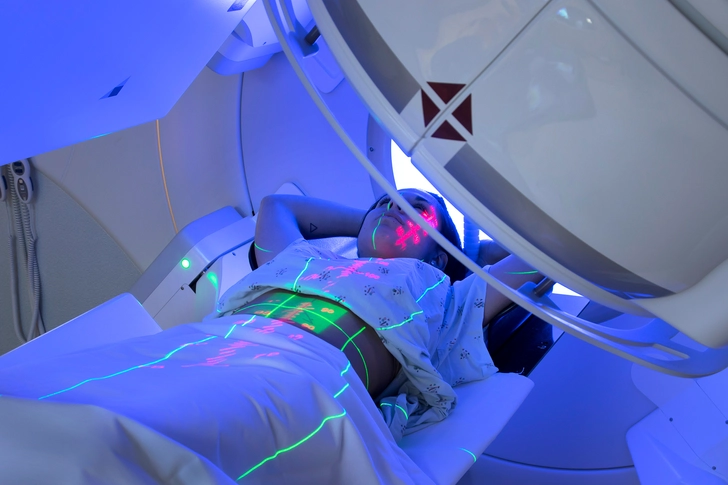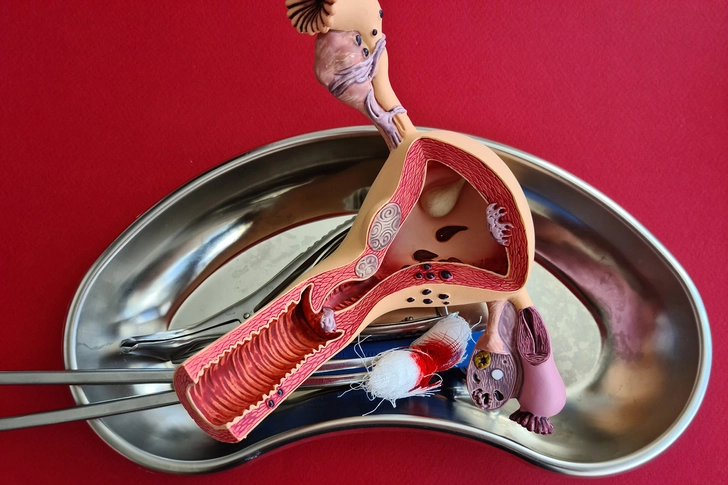Uterine Cancer Stages


Uterine Cancer Stages
If you're diagnosed with uterine cancer, your doctor may tell you what stage it is. It's a way to figure out how advanced your cancer is and what kind of treatment works best.

How Do Doctors Determine the Cancer Stage?
Staging uterine cancer involves finding out how far the cancer has spread. Two primary staging methods are used: the FIGO system and the TNM system. These methods consider the tumor size, lymph node involvement, and metastasis to distant organs.

Stage I: Confined to the Uterus
In stage I, the cancer is confined to the uterus. It is divided into IA and IB, depending on how deeply the cancer has invaded the muscle layer. Symptoms may include unusual vaginal bleeding. Treatment often involves a total hysterectomy, sometimes followed by radiation or chemotherapy.

Stage II: Spread to the Cervix
In stage II, cancer has spread to the cervix but not beyond the uterus. Symptoms are similar to those in stage I. Treatment typically includes a radical hysterectomy and possibly radiation therapy to target any remaining cancer cells.

Stage III: Spread to Nearby Structures
Stage III uterine cancer has spread to nearby structures, such as the ovaries, fallopian tubes, or lymph nodes. Symptoms may include pelvic pain and changes in bowel or bladder habits. Treatment options include surgery, chemotherapy, and possibly radiation to target the cancer.

Stage IV: Distant Spread
Stage IV cancer has spread to distant organs, such as the bladder, rectum, or lungs. Symptoms may involve pain in affected areas and other systemic issues. Treatment is complex, often involving a combination of surgery, radiation, hormone therapy, chemotherapy, and clinical trials for new therapies.
PHOTO CREDENTIALS
Slide 1 - Svitlana Hulko/Shutterstock
Slide 2 - Antonio Marca/Shutterstock
Slide 3 - Shidlovski/Shutterstock
Slide 4 - Mark Kostich/Getty Images
Slide 5 - NMK-Studio/Shutterstock
Slide 6 - SeventyFour/Shutterstock
SOURCES:
American Cancer Society: "Endometrial Cancer," "Radiation Therapy for Endometrial Cancer," "Treatment Choices for Endometrial Cancer, By Stage."
American College of Obstetricians and Gynecologists: "Endometrial Cancer."
Mayo Clinic: "Endometrial Cancer."
Memorial Sloan Kettering Cancer Center: "Uterine (Endometrial) Cancer Diagnosis," "Stages of Uterine (Endometrial) Cancer."
National Cancer Institute: "Cancer Staging," "Metastatic Cancer."
Reviews in Obstetrics & Gynecology: "Comprehensive Surgical Staging for Endometrial Cancer."
University of New Mexico: "Uterine Cancer."